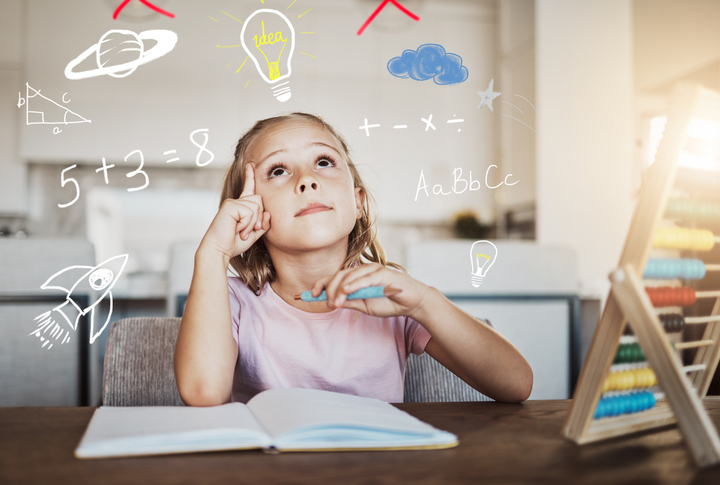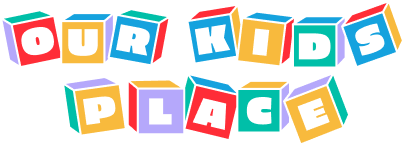Rosedale

How Hands-On Learning Improves Retention and Real-World Understanding
November 20, 2024
Benefits of Hands-On Learning in Early Childhood
Have you ever noticed how much easier it is to remember something you’ve actually done, rather than something you’ve just read about or been told? Whether it’s learning to ride a bike, cooking a new recipe, or assembling that complicated piece of furniture, doing something with your own hands seems to make it stick in your memory in a way that passive learning just can’t match.
This is the magic of hands-on learning, and it’s no wonder educators, trainers, and even employers are increasingly turning to this method to unlock better understanding and lasting knowledge. Here’s some fun information from the team at Our Kids Place on this subject:
The Power of Experiential Learning and Active Participation
Hands-on learning engages multiple senses and promotes active participation, making it easier for information to move from short-term to long-term memory. Instead of passively taking in knowledge, learners make meaningful connections through action, sparking moments of genuine understanding.
The Benefits
1. Better Engagement: Hands-on activities capture attention as no lecture or textbook can. Imagine students learning about ecosystems by collecting soil samples outdoors instead of simply reading about biodiversity—they interact with the concept directly, making the experience engaging and memorable, encouraging a growth mindset.
2. Deeper Understanding: Complex ideas become easier to grasp when learners interact with them. For instance, building a simple electrical circuit teaches the flow of electricity far better than any diagram can. Seeing the results of their own efforts cements understanding.
3. Improved Retention: Doing something firsthand makes it sticky in your mind. Think of learning to tie your shoes—it’s the act of fumbling with the laces that teaches, not watching someone else do it.
Applying Real-World and Simulation-Based Methods in the Learning Process
Hands-on learning shines in workshops, experiments, and interactive problem-solving. A chef-in-training learns by cooking, not just reading recipes, and a medical student masters procedures through simulations. This approach applies across all ages and disciplines.
How Our Kids Place Supports Problem-Solving Skills and Helps Children Collaborate
Hands-on learning is a powerful tool in our educational programs for enhancing retention, deepening understanding, and making education a truly memorable experience. At Our Kids Place, we provide a nurturing environment where children thrive. Our dedicated educators inspire curiosity and readiness for a promising future on each child’s unique educational path.
Get in touch with our team today to get started!
FAQ About Hands-On Learning
What is the meaning of hands-on learning?
Hands-on learning is a method where students learn by actively doing tasks rather than passively receiving information. It helps learners gain real-world understanding through direct experience and physical involvement.
What is an example of a hands-on approach to learning?
A student building a model volcano to learn about chemical reactions is a good example. It turns theory into experience, supporting retention and making learning more interactive and meaningful.
What is it called when you learn hands-on?
It’s often called experiential learning or active learning. This type of learning requires students to engage in tasks directly, promoting better understanding and encouraging collaboration and problem-solving.
What are the disadvantages of hands-on learning?
Hands-on learning can require more time, materials, and planning. It may also challenge students who prefer traditional instruction. Still, it remains highly effective for improving engagement and learning outcomes.
Recent News
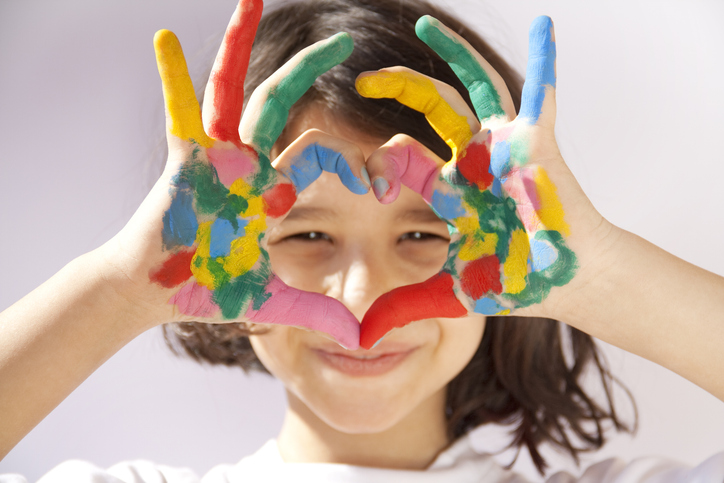
How to Foster a Lifelong Love of Learning in Your Child
November 8, 2025
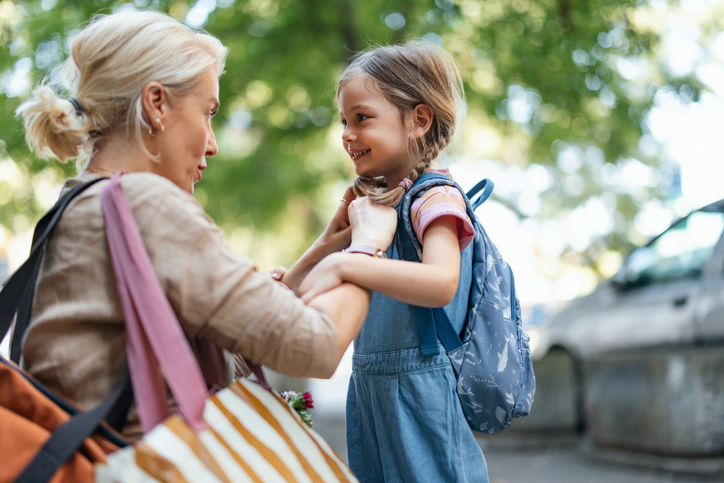
Top Tips to Help Your Child Transition Seamlessly Back to School
August 31, 2025

How Do Children Grow, Learn, and Thrive?
May 31, 2025
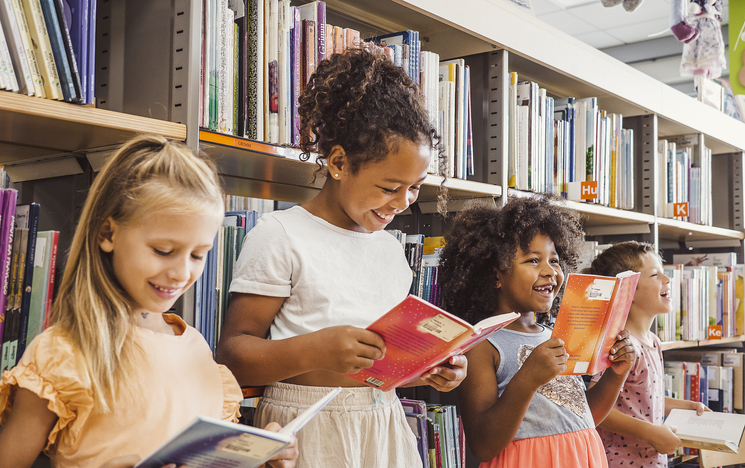
Why Community Matters in Early Education
February 21, 2025
